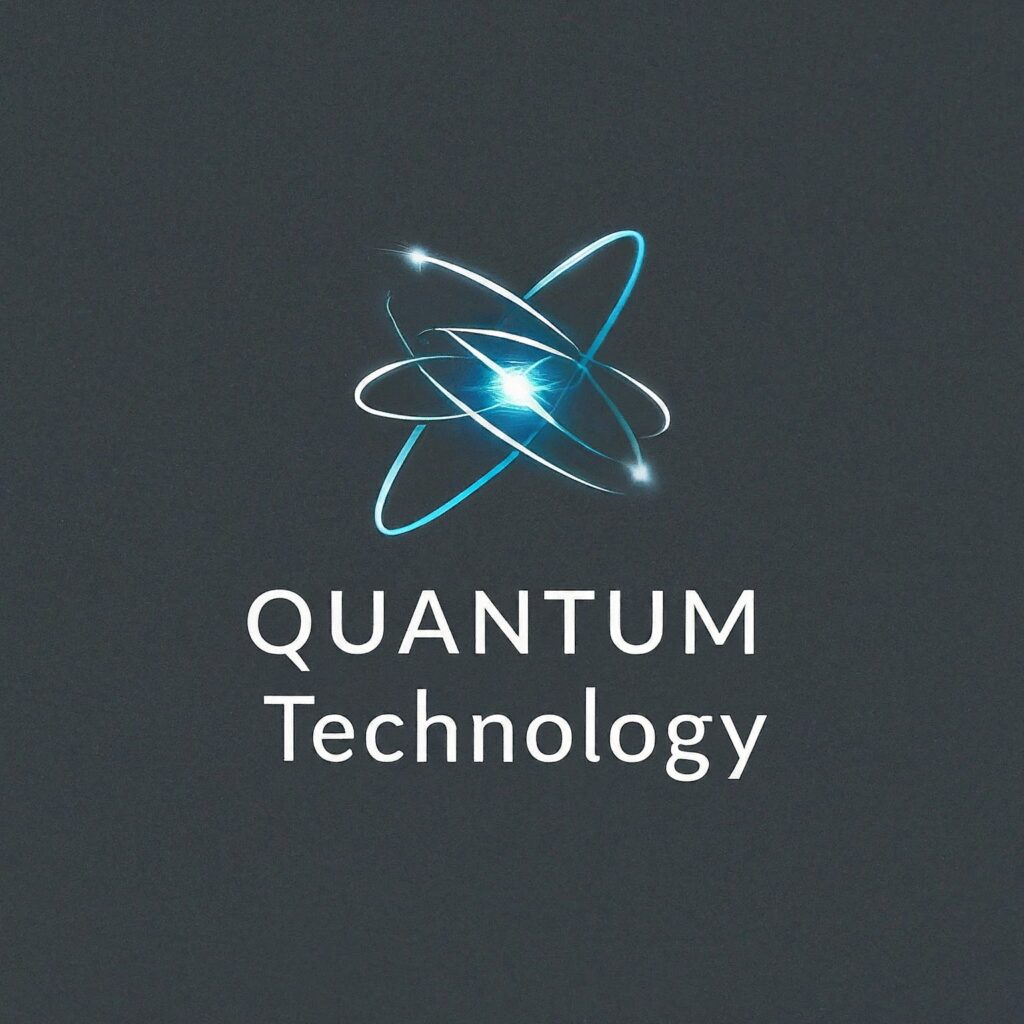In a significant stride for quantum technology and secure communications, researchers have developed a cutting-edge hybrid integrated quantum random number generator (QRNG) capable of producing randomness at gigabit-per-second (Gbps) speeds. The innovation, detailed in a recent study published in Optics Express, leverages the inherent quantum fluctuations in laser phase to generate true randomness—a critical advancement for cryptography, cybersecurity, and next-generation computing.
The Quest for True Randomness
Random numbers are the backbone of modern encryption, safeguarding everything from financial transactions to military communications. Classical random number generators (RNGs), however, rely on deterministic algorithms or physical noise, making them vulnerable to prediction or manipulation. Quantum random number generators (QRNGs) solve this problem by exploiting the fundamental indeterminacy of quantum mechanics, offering provably unbiased and secure randomness.
Traditional QRNGs often face trade-offs between speed, size, and practicality. Many require bulky optical setups or complex components, limiting their integration into everyday devices. The new device, described in the paper “Hybrid integrated Gbps quantum random number generator based on laser phase fluctuation,” addresses these challenges by combining high-speed performance with a compact, hybrid integrated design.
How It Works: Harnessing Laser Phase Fluctuations
At the core of the QRNG is a semiconductor laser whose phase fluctuations—tiny, unpredictable variations in the light wave’s phase—are measured to extract randomness. These fluctuations arise from quantum noise, a fundamental feature of laser dynamics, ensuring the system’s output is inherently unpredictable.
The researchers engineered a streamlined setup where laser light is split into two paths using an interferometer. As the light recombines, quantum phase noise creates random interference patterns, which are detected by a photodetector and converted into electrical signals. These signals are then digitized and processed to distill a stream of random bits.
What sets this system apart is its hybrid integration. By combining III-V semiconductor lasers (known for high optical efficiency) with silicon photonic circuits (valued for compactness and scalability), the team created a chip-scale device that avoids the bulkiness of traditional fiber-optic QRNGs. This integration not only reduces costs but also enhances stability, a key factor for real-world deployment.
Unprecedented Speed and Reliability
The prototype achieves a staggering generation rate of 1 Gbps, making it one of the fastest integrated QRNGs reported to date. This speed is critical for applications like high-bandwidth encryption or large-scale simulations, where slower RNGs create bottlenecks. The system’s entropy source—the component harvesting quantum noise—was rigorously tested using industry-standard statistical benchmarks, including the National Institute of Standards and Technology (NIST) tests, confirming its robustness against biases or external interference.
“This work bridges the gap between theoretical quantum advantages and practical engineering,” said Dr. Wei Zhang, a photonics expert unaffiliated with the study. “Gbps speeds in a chip-sized device could revolutionize how we implement security in data centers or IoT networks.”
Applications: From Cybersecurity to Quantum Networks
The implications of this technology span multiple fields. In cybersecurity, integrating such QRNGs into encryption protocols could fortify defenses against increasingly sophisticated cyberattacks. For quantum communication networks, which rely on secure key distribution (QKD), high-speed randomness is essential to generating unbreakable encryption keys on the fly.
Beyond security, industries requiring massive datasets for machine learning or Monte Carlo simulations could benefit from ultra-fast, reliable randomness. Even gaming and lottery systems, which demand auditable fairness, might adopt these QRNGs to ensure transparency.
Overcoming Engineering Hurdles
A key challenge in developing the QRNG was maintaining signal integrity while miniaturizing the components. Hybrid integration often introduces optical losses or phase instability, which can degrade performance. The team mitigated this by optimizing the laser’s operating conditions and using advanced signal processing algorithms to filter out classical noise (e.g., temperature fluctuations or electrical interference).
“Our design ensures that the quantum noise dominates the output,” explained lead author Dr. Li Wang in a statement accompanying the study. “By carefully controlling the laser’s parameters and interferometer alignment, we achieved a high signal-to-noise ratio critical for Gbps rates.”
Future Directions
While the current prototype is a laboratory-scale proof of concept, the researchers aim to collaborate with industry partners to commercialize the technology. Future iterations could see the QRNG packaged into standalone modules or embedded into existing photonic circuits, such as those used in data centers or 5G infrastructure.
Further improvements may focus on pushing speeds beyond 10 Gbps by employing faster photodetectors or parallelizing multiple entropy sources. The team also envisions integrating the QRNG with quantum communication systems to create end-to-end secure networks.
A New Era for Quantum Devices
As quantum technologies transition from labs to markets, innovations like this hybrid QRNG highlight the importance of interdisciplinary collaboration. By uniting quantum physics, photonic engineering, and information theory, the researchers have delivered a tool that could become a cornerstone of tomorrow’s digital infrastructure.
